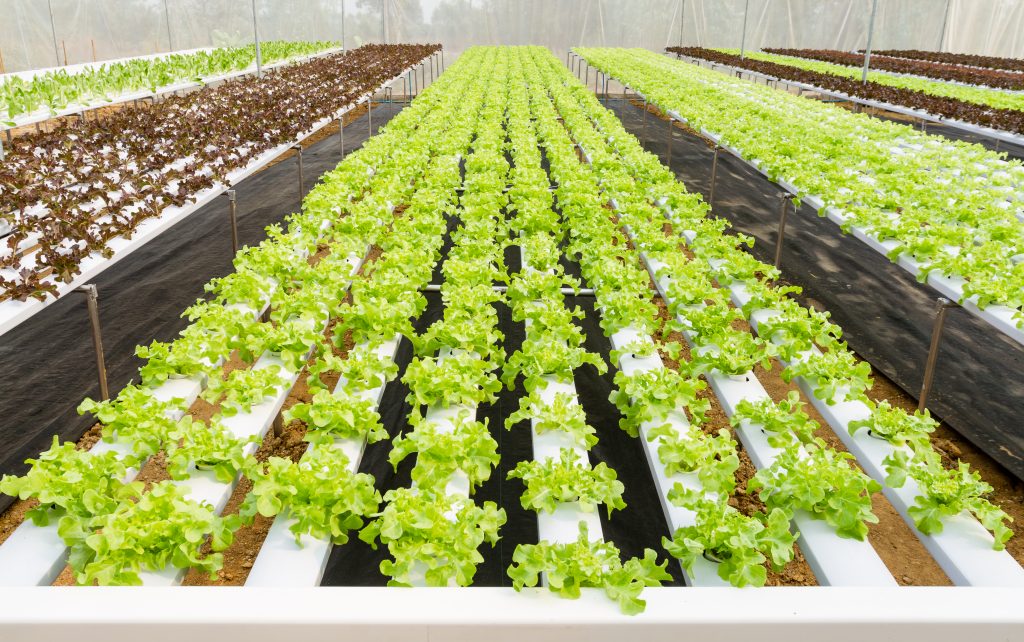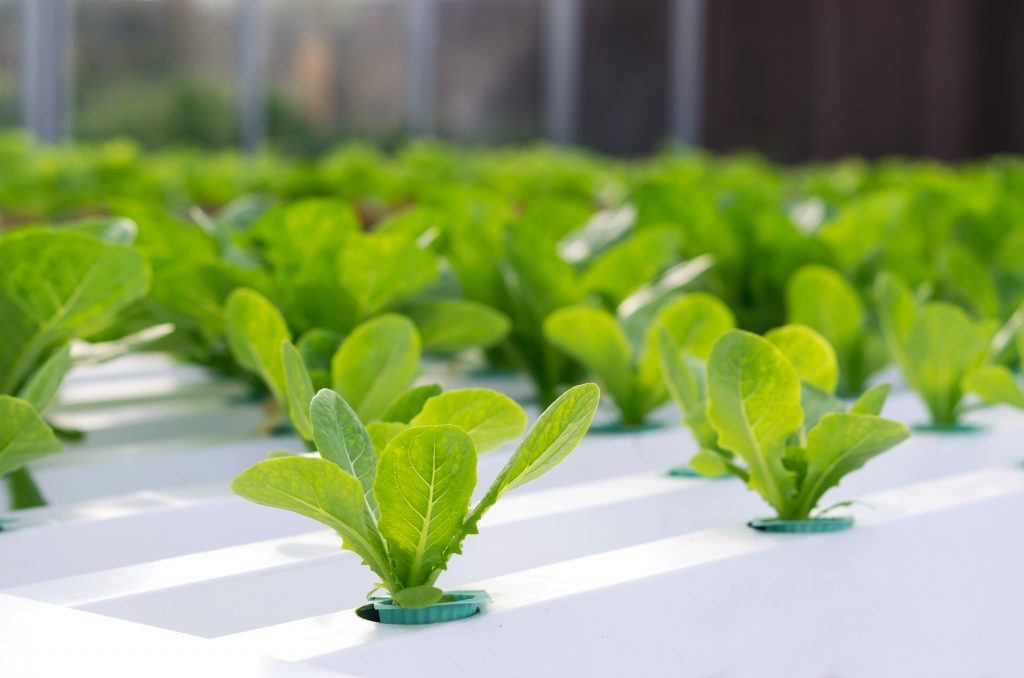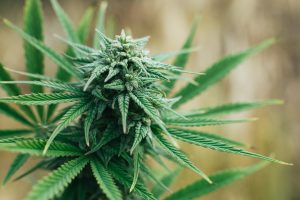What do you think of when someone says the word hydroponics? Tomatoes, lettuce, dill, or even cannabis may come to mind. In fact, much of the produce you purchase in your local supermarket is grown in a greenhouse somewhere in the Midwest. Ever wonder how the domestic produce you buy in the winter months is produced? “Hydroponic greenhouses” is the answer. And yes, the same exact hydroponic systems also grow medical cannabis for dispensaries in legal states. This beginner’s guide to hydroponics will get you growing in no time.
What is hydroponics and why is it beneficial? Put simply, hydroponics is the cultivation of plants in a liquid nutrient solution rather than water… or “soilless growing.” Gardeners usually use a “soilless” mix including perlite (super-heated volcanic glass), hydroton (heat expanded clay), coco coir (ground coconut husks), or nylon fiberfill (the stuff in pillows). Therefore, if a plant is given the exact nutrients it needs, when it needs it, and in the precise amount, the plant will flourish. This is easy to do with hydroponics, whereas it is much more difficult with soil.
So what are the benefits of growing hydroponically? For starters, the growth rate of a hydroponic plant is up to 50 percent faster than a soil plant when grown under the same conditions. The plant yield is also greater, by up to 30 percent. Plants will grow bigger and faster because they will not have to work as hard to acquire nutrients.
THE COMPONENTS: LIGHT, WATER, AND AIR
Light
The light that comes from that great ball of fire in the sky has the perfect blend of light spectrums for plants to photosynthesize efficiently and produce their intended crop. Since the dawn of indoor farming, lighting manufactures have been hard pressed to mimic the light of the sun. There are several factors to consider when purchasing a grow light system, including budget, enclosure type and size, plant type, and ventilation. If your budget is a primary factor when choosing the right kind of light, low-budget growers are better off with fluorescent tubes, usually a size T5. These lights are available at home supply stores and cost around $50 to $150.
Water
Water, the source of life… When I say water when talking about hydroponics, I mean nutrient solution or in industry terms, “nutes.” Again, not all companies are created equal and you will need to do a bit of research on them. Nutrients are like the gas in the tank of your car, the sun or lighting is the spark, and the plant is the engine. Giving a plant sufficient nutrients and light is the key to success. Selecting a nutrient is like grocery shopping for yourself. Some things that other people like isn’t exactly what you might like, and the same goes for plants too. The best way to select a nutrient is to first choose what method of hydroponics you would like to go with.
Air
Air is needed for the plant to efficiently absorb nutrients in hydroponics and soil gardening alike. Adding air to a hydroponic reservoir is like adding an octane booster to your car’s gas tank. Adding too much can create a septic tank instead, so watch out! Without air to the root zone of a plant the result will be a dead plant. Plants “breathe” in air from their roots and discharge oxygen from their leaves during photosynthesis. Plants also absorb CO2 (carbon dioxide) from the ambient air surrounding their leaves to aid in their metabolism. This is why plants are so important for our earth to survive.
Types of Hydroponic Systems

DTW (drain to waste)
“Drain To Waste” is a method of feeding your plant nutes without recirculating back to a reservoir. Greenhouses that grow strawberries and tomatoes usually use this method as well as cannabis cultivators. DTW ensures that the plant gets exactly what the gardener has intended to feed them. Gardeners usually use a soilless mix when using this method.

NTF (nutrient film technique)
This uses horizontally aligned tubes or gutter like assemblies to hold the plant while its roots are bathed in a constant flowing stream of nutes. The nutes are pumped from a hydroponic reservoir up to the tubes then gravity aids in returning the nutes back to the reservoir. This flows 24-7.

EBB and FLOW (flood and drain)
This is basically the same thing where a series of buckets or raised beds of soilless mix are flooded for a period of time then drained to let the roots absorb oxygen. This is done a handful of times per day and can be scheduled at different flooding intervals depending the stage of growth the plants are in.

DWC (deep water culture)
DWC is achieved by using a single bucket or series of buckets filled with nutes and an air stone connected to an aquarium air style pump. A specially designed lid is added to the bucket that keeps the plant upright and stable while letting its roots dangle into the gently aerated nutrient solution. This method can grow some of the biggest and healthiest plants you’ll ever see if done correctly.


